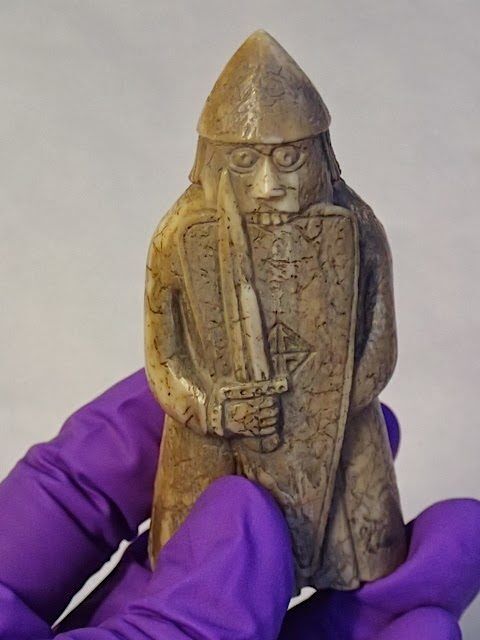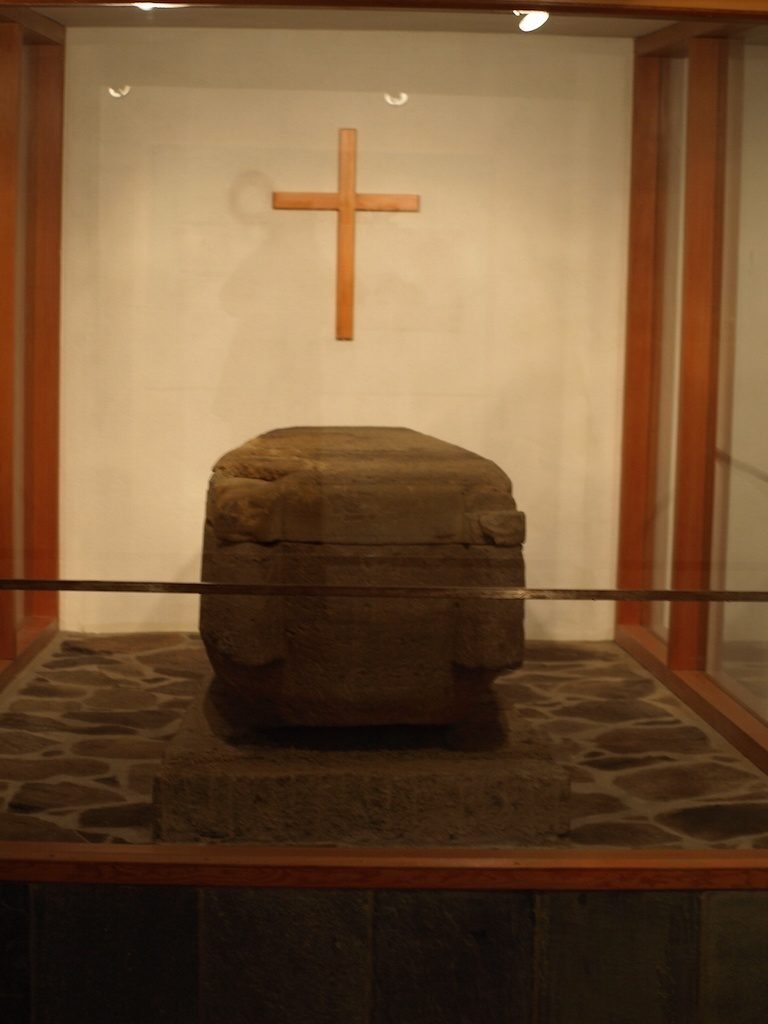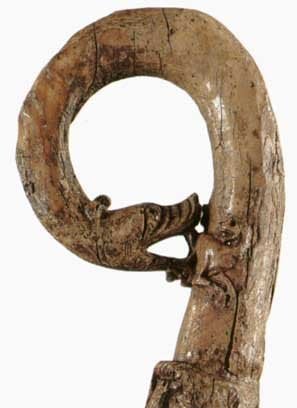Free and exclusive discount codes for hundreds of tours and & travel services in Iceland
Subscribe to instantly receive discount codes for tours, car rental, camper van rental, and outdoor clothing rental. Thank you! ❤️ Jon Heidar, Editor of Stuck in Iceland Travel MagazineI have had many great guest authors who have contributed to Stuck in Iceland. Nancy Marie Brown is squarely in the celebrity category of my guest bloggers. She recently published a new book called Ivory Vikings: The Mystery of the Most Famous Chessmen in the World and the Woman Who Made Them. In this article she elaborates on the theory of the origin of the famous Lewis chessmen. She traces them to a mysterious lady and bishop who once sat at the bishopric of Skalholt in Iceland.
The Lewis Chessmen are famous relics of the Viking age
The Lewis chessmen are among the most popular exhibits in the British Museum in London and the National Museum of Scotland in Edinburgh. Each one is individual, each full of quirks. Found on the Isle of Lewis in the early 1800s, these walrus-ivory figurines are the best-known Scottish archaeological treasure of all time. One expert calls them “the most famous and important chess pieces in history.”

Iceland has no tradition of stone sculpture, and even Icelanders did not believe the saga account of Bishop Pall’s sarcophagus—until they found it.

Finding the potential missing link to the Lewis Chessmen in a surprising place
In the mid-1950s, before the current church was built at Skalholt, archaeologists were called in to excavate. They were uncovering the floorplan of the huge cross-shaped medieval basilica. In medieval times this was the largest wooden church in Scandinavia. One of the workers struck stone. “Of all the things that came to light during the excavations at Skalholt,” said archaeologist Kristjan Eldjarn (who later became president of Iceland), “the grave of Pall Jonsson is the most important and meaningful. It is not certain that another such sign and wonder of the Icelandic sagas could ever be unearthed.”
See the sarcophagus at Skalholt Cathedral
You can now see the sarcophagus in the basement of Skalholt Cathedral. Carved out of one large stone, of the soft reddish volcanic tuff found on the hill across the river from Skalholt, it is simple and elegant, its rounded lines ornamented only by two cylindrical knobs projecting from the broader end. The lid has been cracked by fire, perhaps by an inferno in 1309 that destroyed the cathedral, but otherwise the coffin shows little damage.
Discovering the Walrus ivory crozier
When it was opened, the researchers found a bishop’s crozier carved from walrus ivory resting on the shoulder of the skeleton.
In 2012, any question that the skeleton was not that of Pall Jonsson was put to rest by radiocarbon analysis, which dated a bone sample to between 1165 and 1220.
Margret the Adroit would have remained a colorful detail in a little-read saga if the Icelanders had not decided to build that new, modern cathedral at Skalholt—and called first for an archaeological excavation. The existence of Pall’s sarcophagus vouches for the overall truth of the Saga of Bishop Pall. The ivory crozier found inside it calls to mind the one Margret carved out of walrus tusk, the saga says, “so skillfully that no one in Iceland had seen such artistry before.”

Go see for yourself!
Bishop Pall’s crozier is now on display in the National Museum of Iceland in Reykjavik. We don’t know if Margret made it, but if the one she carved was comparable, she was clearly a talented artist. And the description of Bishop Pall in his saga proves that this lover of fine things had the means, the motivation, and the taste to commission the Lewis chessmen.




